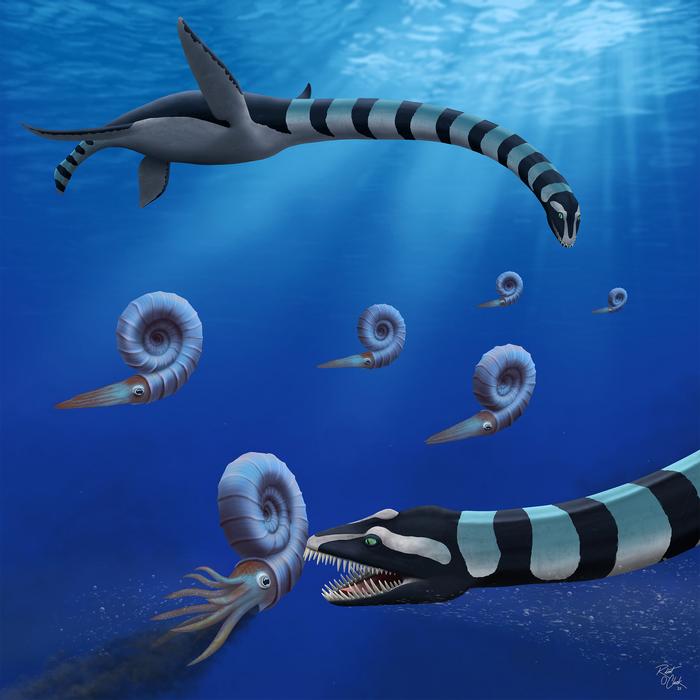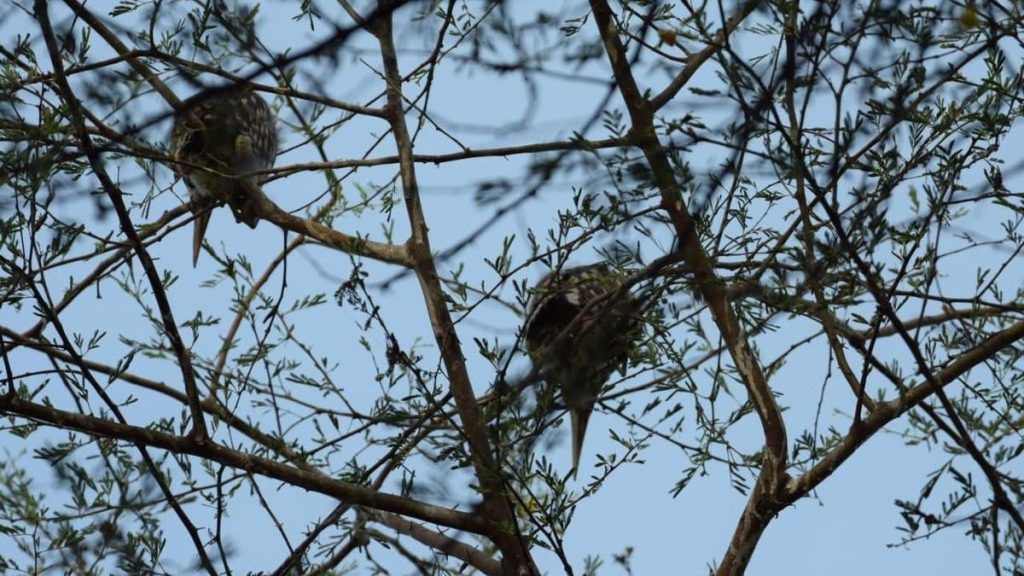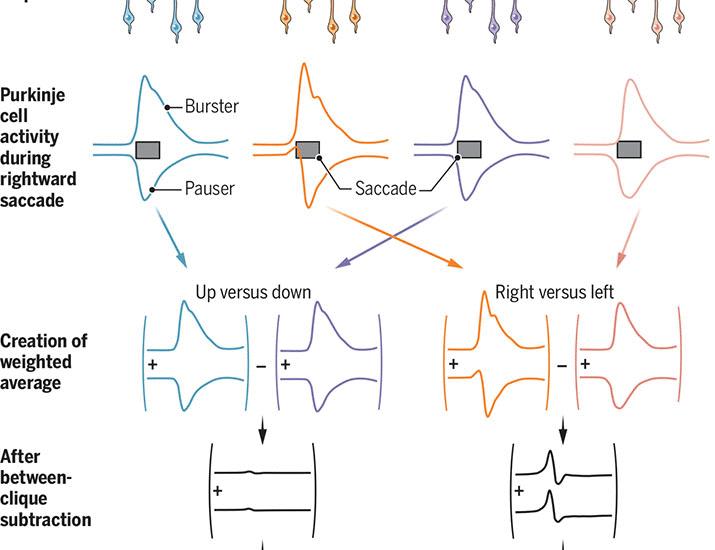Now Reading: Fossils of Prehistoric Marine Predator with 40-Foot Neck Identified
-
01
Fossils of Prehistoric Marine Predator with 40-Foot Neck Identified
Fossils of Prehistoric Marine Predator with 40-Foot Neck Identified

Quick Summary:
- Researchers identified Traskasaura sandrae, a unique type of elasmosaur belonging to a new genus of plesiosaur.
- This marine reptile had a long 12-meter neck and sharp teeth adapted for crushing prey,suggesting advanced hunting techniques potentially from above.
- the fossils reveal T. sandrae possessed both primitive and derived traits that distinguish it from all other elasmosaur species.
- Fossils include remains of three specimens: a juvenile skeleton, humerus, and neck vertebrae. Initially discovered in 1988 on Vancouver Island,Canada,the species gained recognition as British Columbia’s Provincial Fossil in 2023.
- The research team recently used updated fossil data to formally assign the species to its new genus after earlier ambiguity in classifying its traits.
- The name honors michael and Heather Trask (original discoverers), Sandra Lee O’Keefe (advocate against breast cancer), and paleontologist Elizabeth Nicholls.
Read More: Plesiosaur Sheds Light on Marine Reptile Evolution During the Jurassic
Indian Opinion Analysis:
The revelation and classification of Traskasaura sandrae offer vital insights into evolutionary adaptations among prehistoric marine reptiles. Its unique combination of physical traits suggests convergent evolution-a phenomenon where unrelated species develop similar features due to environmental pressures-providing clues about how elasmosaur hunting behaviors evolved over millions of years.
For India’s scientific community, such developments underscore the importance of paleontology in decoding Earth’s biodiversity history. Strengthening interdisciplinary collaborations between geology, biology, and archaeology could help uncover new finds locally or internationally.Though India’s fossil record is robust in certain areas (e.g., dinosaur remains in Gujarat), consistent efforts can better reconstruct prehistoric ecosystems within South Asia while contributing globally to such breakthroughs.
Scientific classifications like this also illustrate how detailed analyses not only solve mysteries but honor individuals who contribute to transformative discoveries-a principle Indian researchers can adopt when naming indigenous fossil taxa.
Read More: 183-Million-Year-Old Fossil Reveals Plesiosaur Skin Details
























